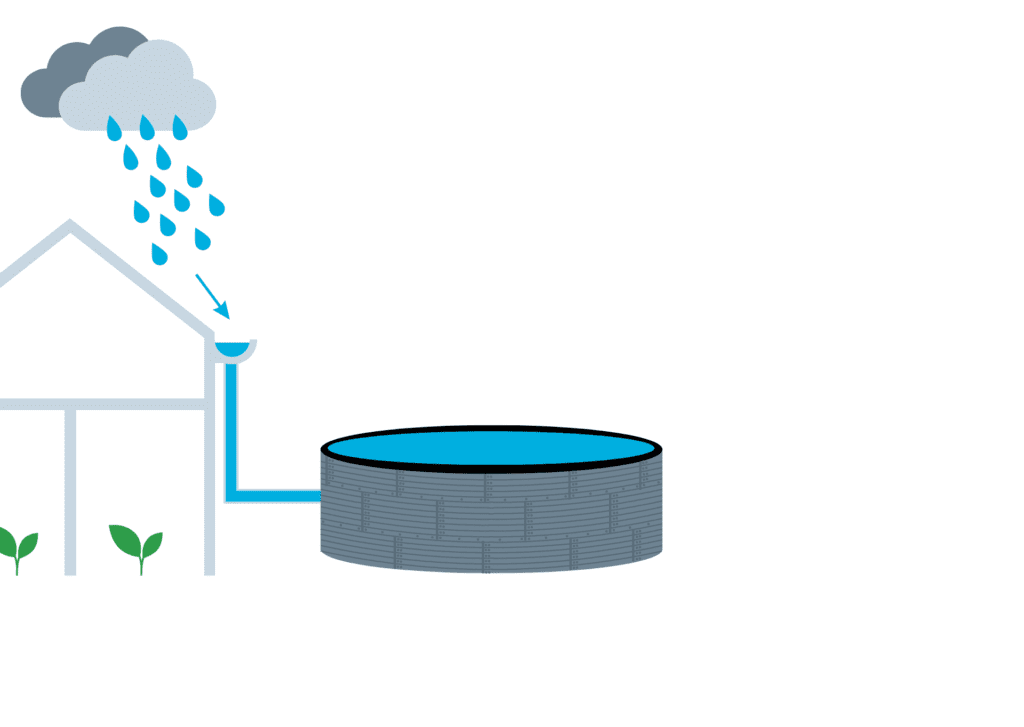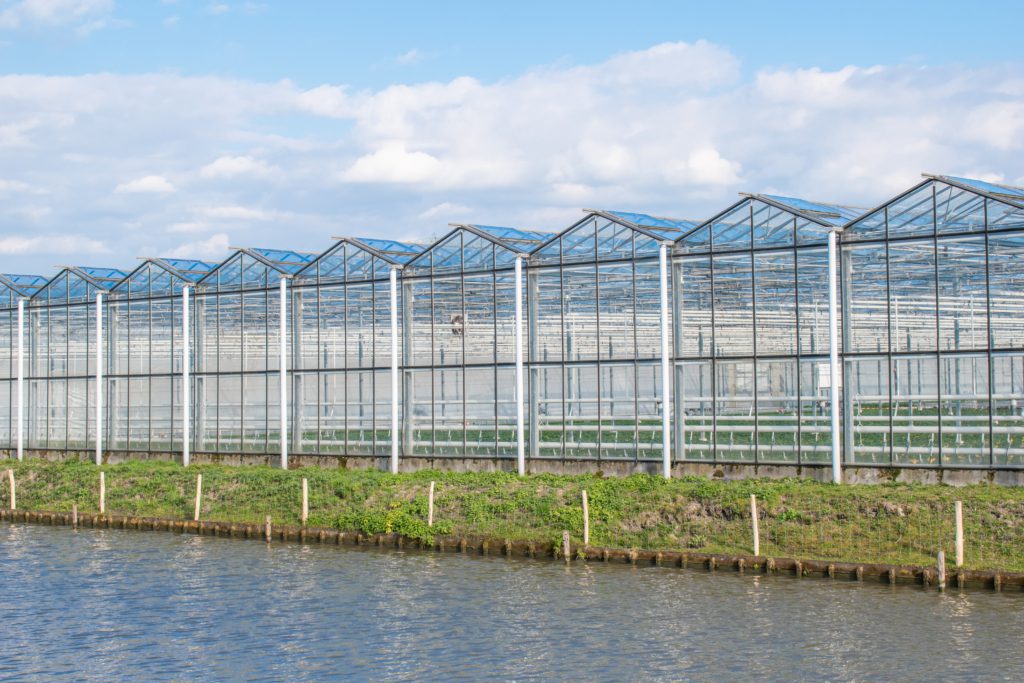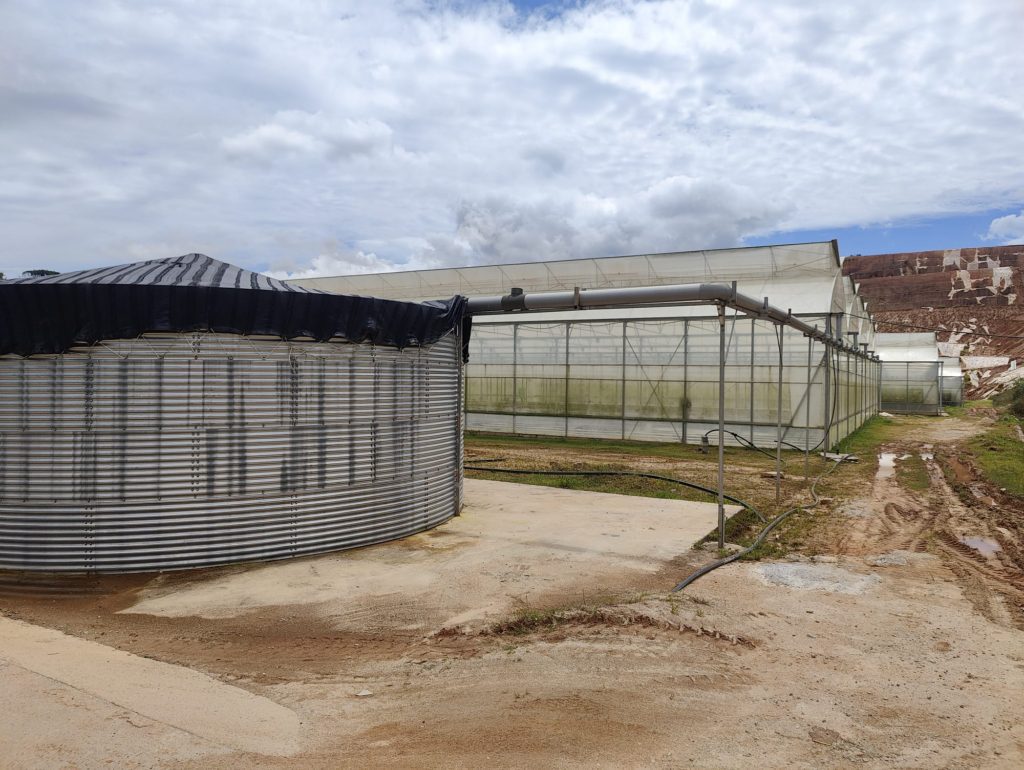The future of water conservation
This summer shows it yet again; extreme weather is becoming the new normal. From heat records in southern Europe, to floods and typhoons in Southeast Asia, and from destructive wildfires in America to persistent drought in Africa.
Water plays a central role. Alongside increasingly longer droughts, rainy seasons are becoming shorter and, in most cases, are accompanied by extremely heavy rains. Most of that rainwater is lost through surface runoff as there often is little infrastructure to collect the water for when it is most needed: during dry periods. In this respect, water – and the lack of it – connects us; we have a role to play. Everyone has a role to play.
Groundwater
One of the main sources of water for greenhouse operations is groundwater from wells. Groundwater wells are often overused, with several associated and unsustainable consequences in the long term. Alternative water management approaches are needed.
Rainwater harvesting
Sustainable use of water could maintain a balance between its demand and supply. Rainwater harvesting is the most traditional and sustainable method. It is the practice of collecting and storing rainwater and make it available for later, where and when there is a scarcity of water. Typically for irrigation, but also for agriculture, livestock, and domestic purposes. We have supplied several water tanks to projects where they have been collecting rainwater for flushing water in facilities (project in Thailand, project in India, project in the Netherlands).

Advantages of rain water harvesting
- Conserves water
- Promotes water self-sufficiency
- Reduces costs. It ensures less reliance on more expensive sources of water. Only a system to harvest rainwater into a water tank has to be installed. However, many facilities already perfectly qualify for rainwater harvesting; with angled roofs, gutter and irrigation systems already in place.
- Reduces drainage problems on a property and runoff. This results in less soil erosion and surface water on site.
- Rainwater is normally of good quality, making it a high-quality water source.
- Relieves underground water wells. Pumping up groundwater is expensive, of lower quality and besides it severely harms the ecosystem.
Greenhouses
The availability of adequate amounts of water is crucial for growing crops. Crops’ necessity of water can easily exceed the supply that is available. With roof drains and gutters, growers have the opportunity to collect large quantities of rainwater that can be used for crop irrigation.

Rainwater storage
There are various types of water harvesting techniques: traditional and modern ones. What they all have in common is that a decent system where the rainwater can be stored is key. That is where NPI plays a role. We make fresh and safe water available. How? By producing and exporting water storage systems, including excavated basins and metal water tanks.
Why water tanks?
- Large capacity on small area
- Made to measure: many capacities and diameters available
- Control over quantity and quality of water
- Modular, so installable in remote areas
- Easy transport
- Easy installation
- High quality: a long lifetime
Overflow
In some cases or seasons, water tanks cannot collect all the rainwater that falls, resulting in nearly always overloaded water tanks. When no overflow is installed, the excess water in the tank seeps down the tank walls. The water will not leave the metal corroded but moisture marks will appear when water frequently overflows. Despite the good quality of galvanisation, we always recommend our customers to install an drain pipe for overflow.



